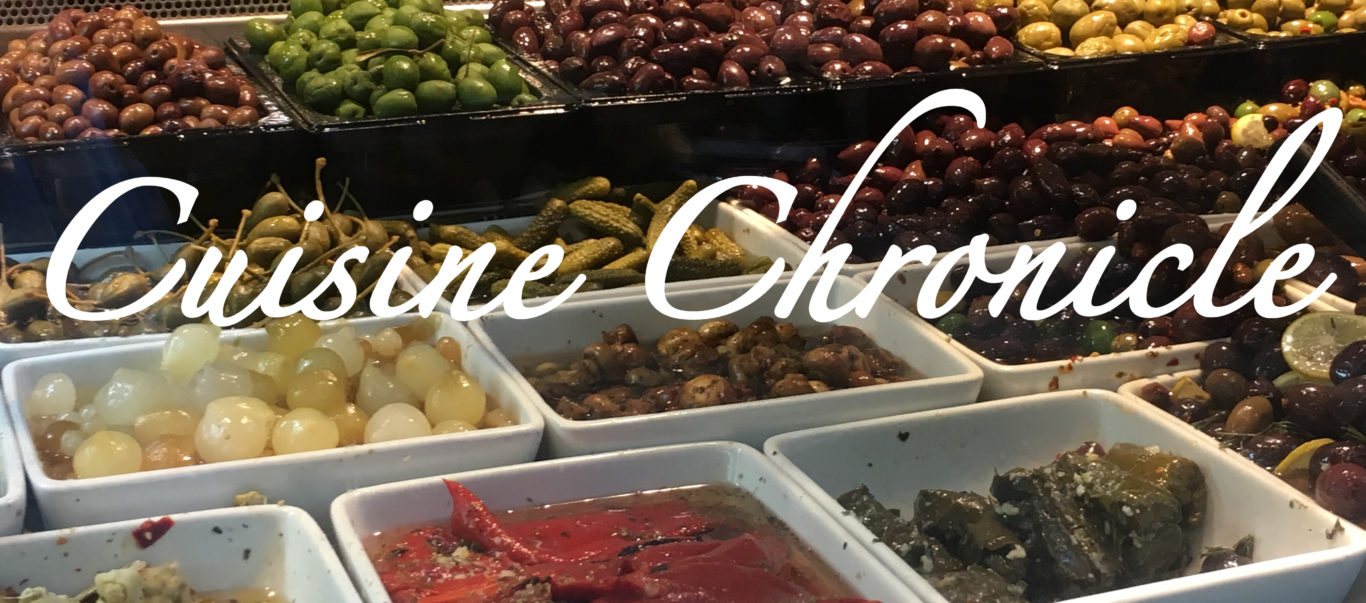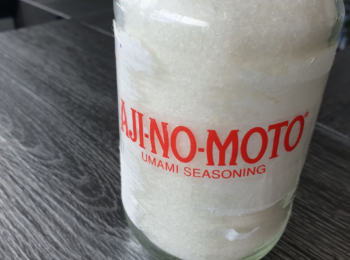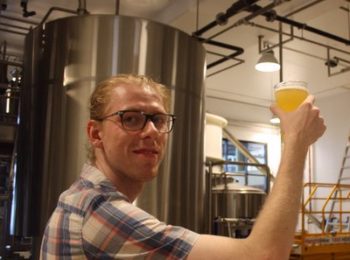Recalling our interview in December of last year, right before the virus hitting, we talked to Ed, a PhD candidate and beer scientist, on his research potential impact of using proteomics approach for better development of brewing process. We would like to congratulate him on the licensing deal of the wild yeast variety discovered during his research to the local brewery at Newstead Brewing Co for further scaling and production for widespread consumption.
Many crucial elements go into the selection process for a yeast to be usable and the subsequence well-received by the consumer. First is that they have to be a naturally occurring yeast species due allege public widespread of distrust in a lab-created organism through genetic modification technology (Callaway, 2016; Tenbült et al., 2008). However, genetic screening of organism has been using in industry to shortlist and identify novel strange for the development of new beverages (Callaway, 2016). In particular to mainstream industrial brewing ale, some of the desirable properties found in are limited or low sporulation, high maltotriose metabolism, low production of off flavour aromatic compounds (Gallone et al., 2016; Gonçalves et al., 2016).
For an alternative beer brewing yeast to be successful, it is necessary to have respectable growth rates in highly scaleable brewing conditions. These requirements are can be high or low temperature depending on the type of beer (Rudin & Hough, 1959). Due to the environment within the industrial growing vat contains a very large amount of liquid, to be scale able, the organism also needs to grow well in under high pressure (B. R. Gibson et al., 2007).
With growing well and being able to convert the large amount of carbohydrates in the mash into alcohol being the essential properties, commercially viable alternative brewing yeast also provides unique flavour profiles and texture (B. Gibson et al., 2017). Here, after the laborious process of searching, cultivating and testing of the wide varieties of wild yeast across the University of Queensland St Lucia campus, Ed has been able to select a species suitable for further development into industrial scale.
The favoured yeast was selected for its white peach, lychee and fresh-baked sourdough flavours and was one of more than 150 varieties painstakingly gathered from trees, leaves and flowers at UQ’s St Lucia campus.
UQ News press release
References
Callaway, E. (2016). Tapping genetics for better beer. Nature News, 535(7613), 484.
Gallone, B., Steensels, J., Prahl, T., Soriaga, L., Saels, V., Herrera-Malaver, B., Merlevede, A., Roncoroni, M., Voordeckers, K., Miraglia, L., & others. (2016). Domestication and divergence of Saccharomyces cerevisiae beer yeasts. Cell, 166(6), 1397–1410.
Gibson, B., Geertman, J., Hittinger, C., Krogerus, K., Libkind, D., Louis, E., Magalhães, F., & Sampaio, J. (2017). New yeasts—New brews: Modern approaches to brewing yeast design and development. FEMS Yeast Research, 17(4).
Gibson, B. R., Lawrence, S. J., Leclaire, J. P., Powell, C. D., & Smart, K. A. (2007). Yeast responses to stresses associated with industrial brewery handling. FEMS Microbiology Reviews, 31(5), 535–569.
Gonçalves, M., Pontes, A., Almeida, P., Barbosa, R., Serra, M., Libkind, D., Hutzler, M., Gonçalves, P., & Sampaio, J. P. (2016). Distinct domestication trajectories in top-fermenting beer yeasts and wine yeasts. Current Biology, 26(20), 2750–2761.
Rudin, A., & Hough, J. (1959). Influence of yeast strain on production of beer by continuous fermentation. Journal of the Institute of Brewing, 65(5), 410–414.
Tenbült, P., De Vries, N. K., van Breukelen, G., Dreezens, E., & Martijn, C. (2008). Acceptance of genetically modified foods: The relation between technology and evaluation. Appetite, 51(1), 129–136.


